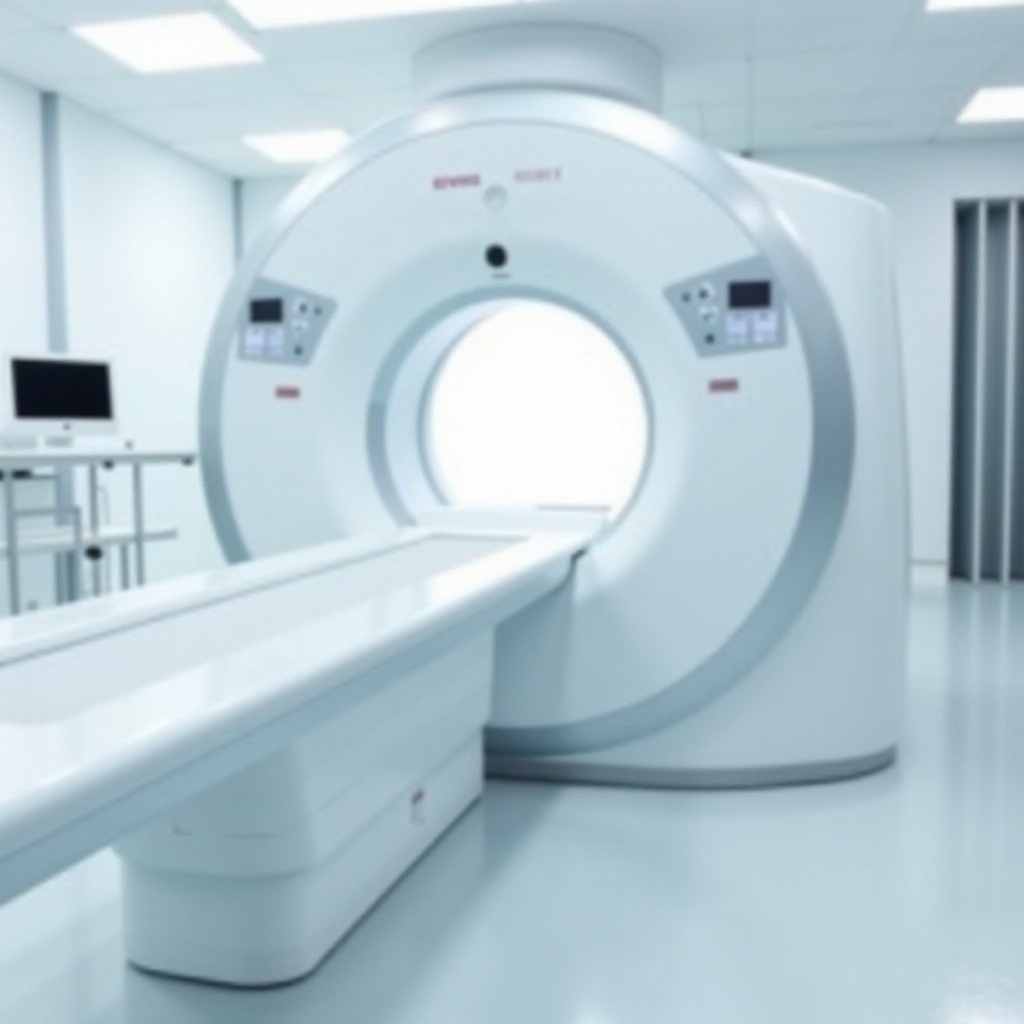Introduction
Magnetic Resonance Imaging (MRI) scanners are vital tools in modern diagnostics, creating detailed images of the body’s internal structures. However, these machines have specific weight limits to maintain patient safety and scan precision. Understanding these limits is crucial for both patients, especially those who are overweight, and healthcare providers.

Understanding MRI Scanners and Their Functions
MRI scanners use powerful magnetic fields and radio waves to generate detailed images of organs and tissues. Unlike X-rays or CT scans, MRIs are particularly effective for imaging soft tissues such as the brain, muscles, and ligaments. This imaging process aids doctors in diagnosing conditions ranging from ligament injuries and tumors to brain disorders.
The process involves the patient lying inside a cylindrical machine where a magnet creates a magnetic field. Radio waves then alter the alignment of hydrogen atoms in the body, producing images. Given the equipment’s complexity, maintaining operational integrity is essential. Understanding and adhering to weight limits ensures image quality and preserves the machine’s functionality.

Importance of Weight Limits in MRI Scanners
Weight limits for MRI scanners are set for several critical reasons. Firstly, the structural integrity of the scanner’s table is vital. Exceeding the weight limit can lead to mechanical failures, risking patient safety. The scanner’s precision requires the patient to remain still, and uneven weight distribution can cause malfunctions or less accurate images.
Adhering to weight limits is also crucial for the equipment’s longevity. Overloading accelerates wear and tear, leading to frequent malfunctions and increased maintenance costs. For healthcare facilities, this results in higher operational costs and potential downtime, impacting patient care services.
From the patient’s perspective, exceeding these limits can affect comfort and safety. Larger individuals may feel cramped, increasing anxiety or fear during the procedure. Hence, these limits are essential for safety, accuracy, and operational efficiency.
Standard and Maximum Weight Limits of MRI Scanners
MRI scanners have varying weight limits based on their make and model. Standard MRI scanners typically handle patients up to 250-300 pounds (113-136 kilograms). Some models designed for heavier patients can accommodate up to 550 pounds (250 kilograms) or more.
Healthcare facilities may have scanners with different capabilities. Open MRI scanners, designed for claustrophobic or larger patients, may offer different weight limitations. These variations cater to a diverse patient demographic, ensuring more individuals have access to diagnostic scans.
Healthcare providers should check their equipment’s specifications to match patients with appropriate scanners. Providing clear guidance on these limits ensures patients can prepare accordingly or seek alternatives if necessary.

Technological Advancements in MRI Scanner Design
Medical imaging technology continues to evolve, addressing various patient and clinical needs. Modern MRI scanners integrate advanced materials and designs to enhance weight capacity and patient comfort. Innovations in scanner bore architecture, for example, provide larger openings, accommodating bigger body sizes without compromising diagnostic accuracy.
Other advancements include developing high-field and ultra-high-field MRI machines that handle higher weights while offering even more detailed images. These improvements focus on weight capacity and overall imaging experience, reducing scan times and enhancing image precision.
Telemedicine and remote diagnostics also benefit from advanced MRI technologies. Enhanced scanner capabilities ensure more patients have access to efficient diagnostics, contributing to broader healthcare access and improved health outcomes.
Preparing for an MRI with Weight Considerations
For patients concerned about their weight regarding an MRI scan, preparation is key. Here are some useful steps:
- Consult your healthcare provider: Discuss your concerns and provide accurate weight details. Your doctor will help find a suitable scanner.
- Check with the imaging center: Verify the available MRI machines’ specific weight limits before your appointment.
- Explore open MRI options: If you are claustrophobic or exceed standard MRI scanners’ weight limits, ask about open MRI scanners.
- Wear comfortable clothing: Loose, comfortable attire without metal accessories ensures a smooth scanning process.
- Stay informed: Understand and follow preparation instructions for safety and scan precision.
By being proactive and informed, patients can mitigate risks and stress, facilitating a smoother MRI experience.
Conclusion
Understanding the weight limits for MRI scanners is vital for patient safety, diagnostic accuracy, and equipment maintenance. Technological advancements continue improving these machines to accommodate diverse patient needs. Proper preparation and clear communication with healthcare providers ensure all patients receive the best possible care.
Frequently Asked Questions
What is the typical weight limit for an MRI scanner?
Standard MRI scanners typically have a weight limit of 250-300 pounds. Specialized models can accommodate up to 550 pounds or more.
Are there MRI scanners designed for overweight patients?
Yes, there are open MRI scanners and high-capacity models specifically designed to handle larger patients while ensuring their comfort and safety.
How can I prepare if I am above the standard weight limit for my MRI scan?
Consult with your healthcare provider, verify the weight limits of the imaging center’s equipment, consider open MRI options, wear appropriate clothing, and follow all preparation instructions.

